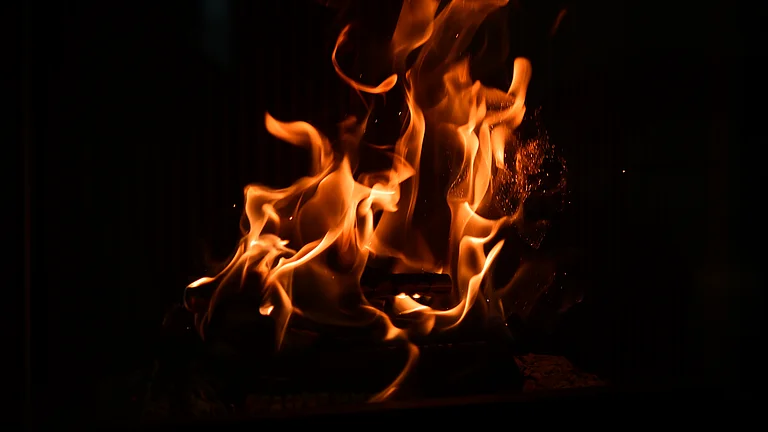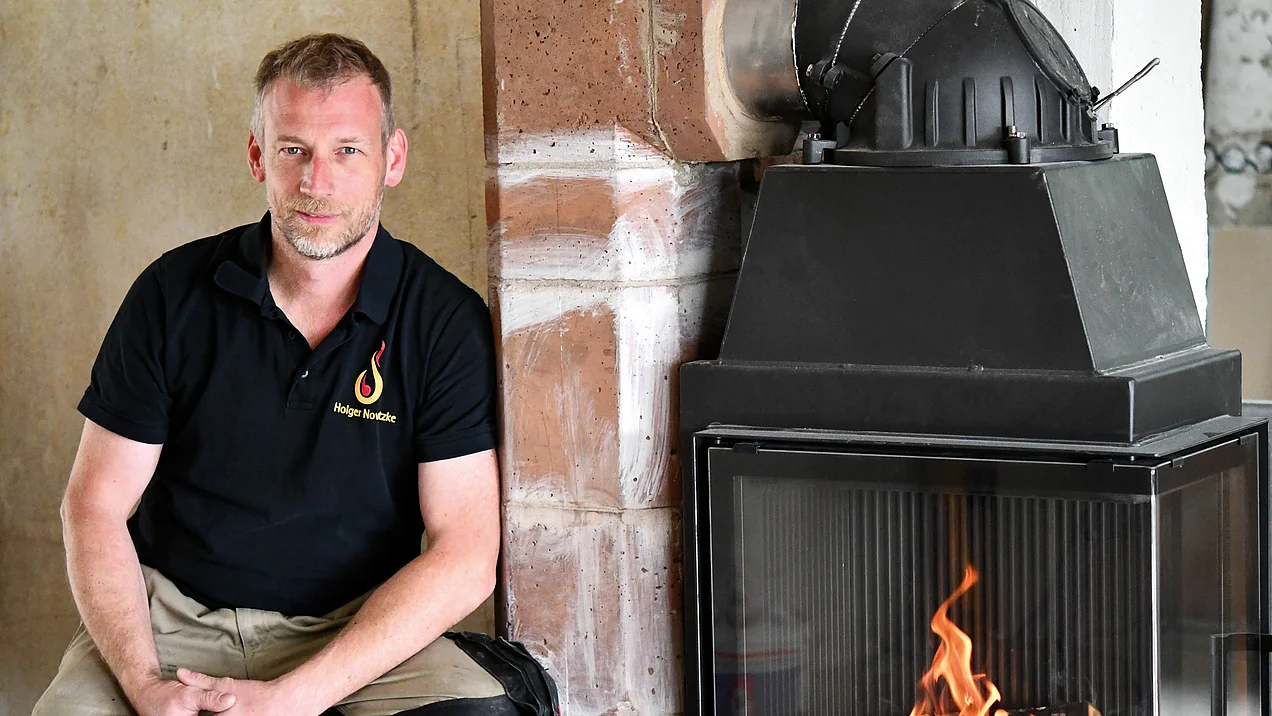
Building to meet demand
A fireplace insert as a heat storage system
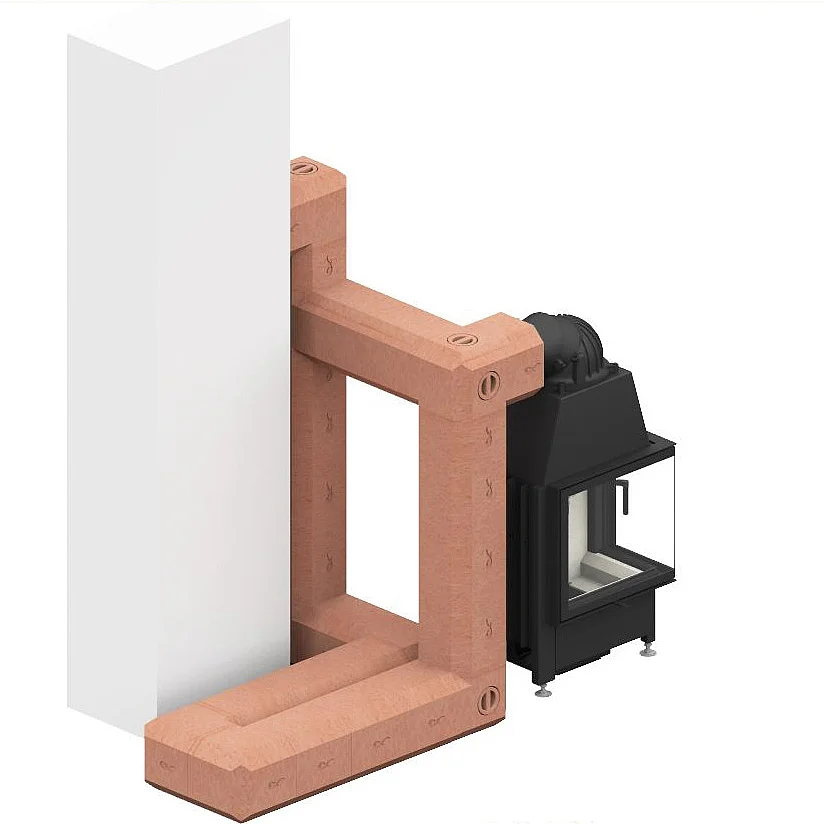
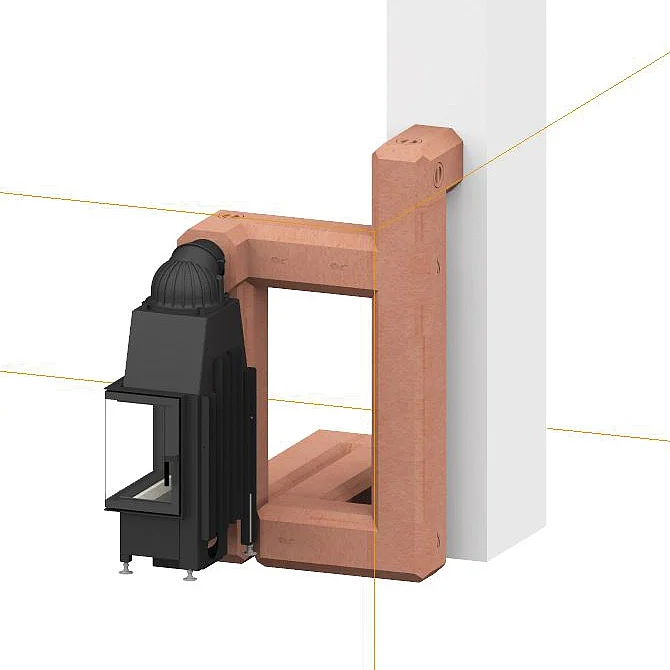
When planning a fireplace, the focus is always on the customer's requirements and what is feasible. In this case, however, the client wanted a fireplace system with a storage tank in which the convection function can be switched off completely so that only the heat storage tank is used as required - and this with a medium-sized fireplace insert.
At first glance, this system looks like a classic combination system. The combination of a warm air fireplace and a heat storage after-switching surface enables flexible heat design as required and desired. Convection creates rapid and direct heat via the glass and the air grilles. This heating concept ensures the desired fire enjoyment and pleasant radiant and convection heat. But what if you don't want convection heat and just want to rely on radiant heat via the storage tanks? Holger Nowatzke, the stove builder who created this ingenious system, explains how this system works and what needs to be taken into account during construction. The concept of closing the air grilles was usually used in tiled stove inserts to avoid convection. However, this often meant that the impressive flame pattern that many people appreciate was missing. In the past, it was also necessary to generate a large amount of heat. Households therefore relied on a heating or fireplace insert in addition to the basic stove. Over time, fewer and fewer wood-burning stoves were built and replaced by heating inserts with a secondary heating surface and heat storage function. As the heat requirement is now reduced in every new build or refurbishment project, but the flame pattern still needs to be retained, wood-burning stoves are increasingly being used again due to their storage capacity and pleasant radiant heat.
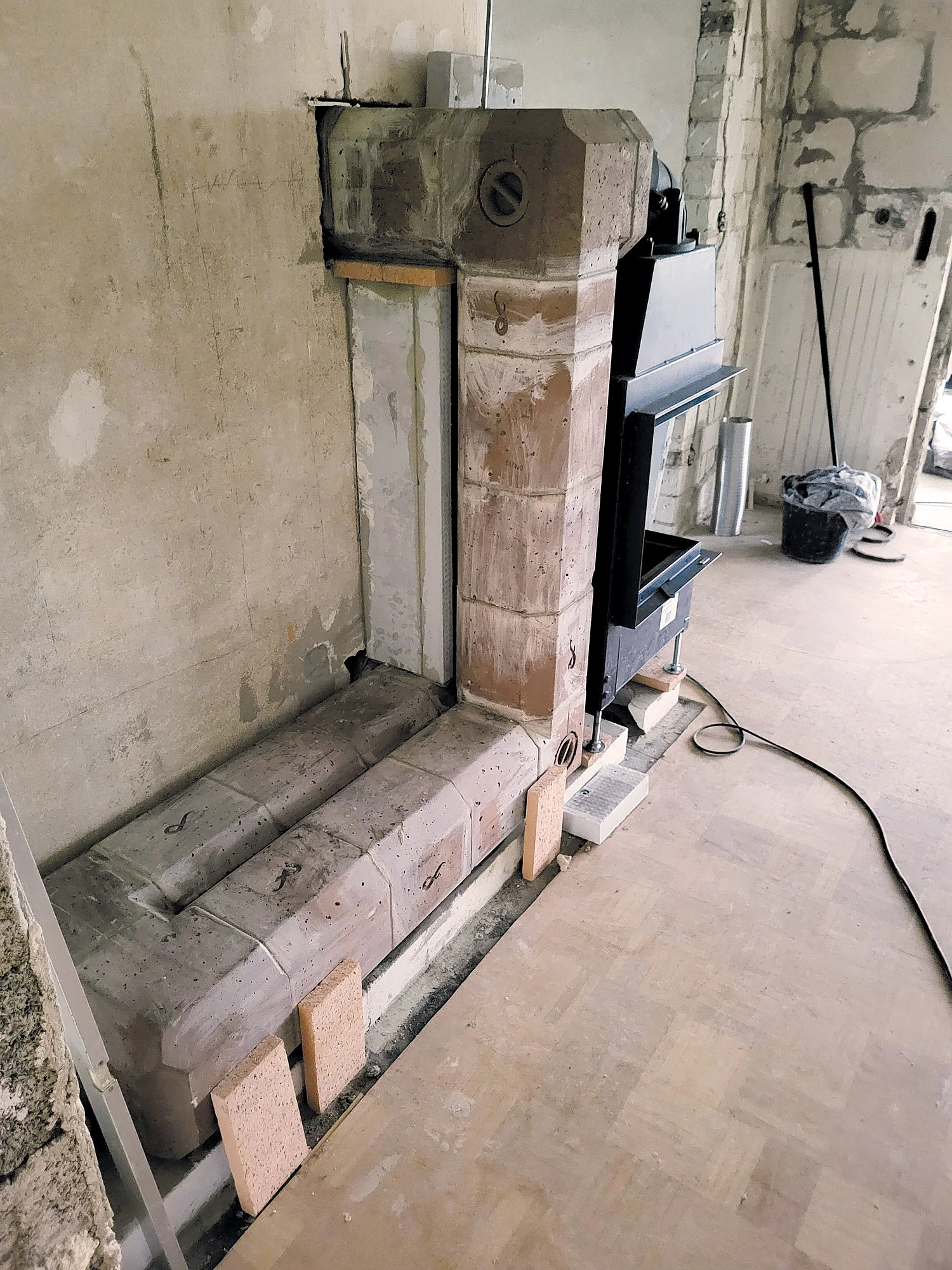
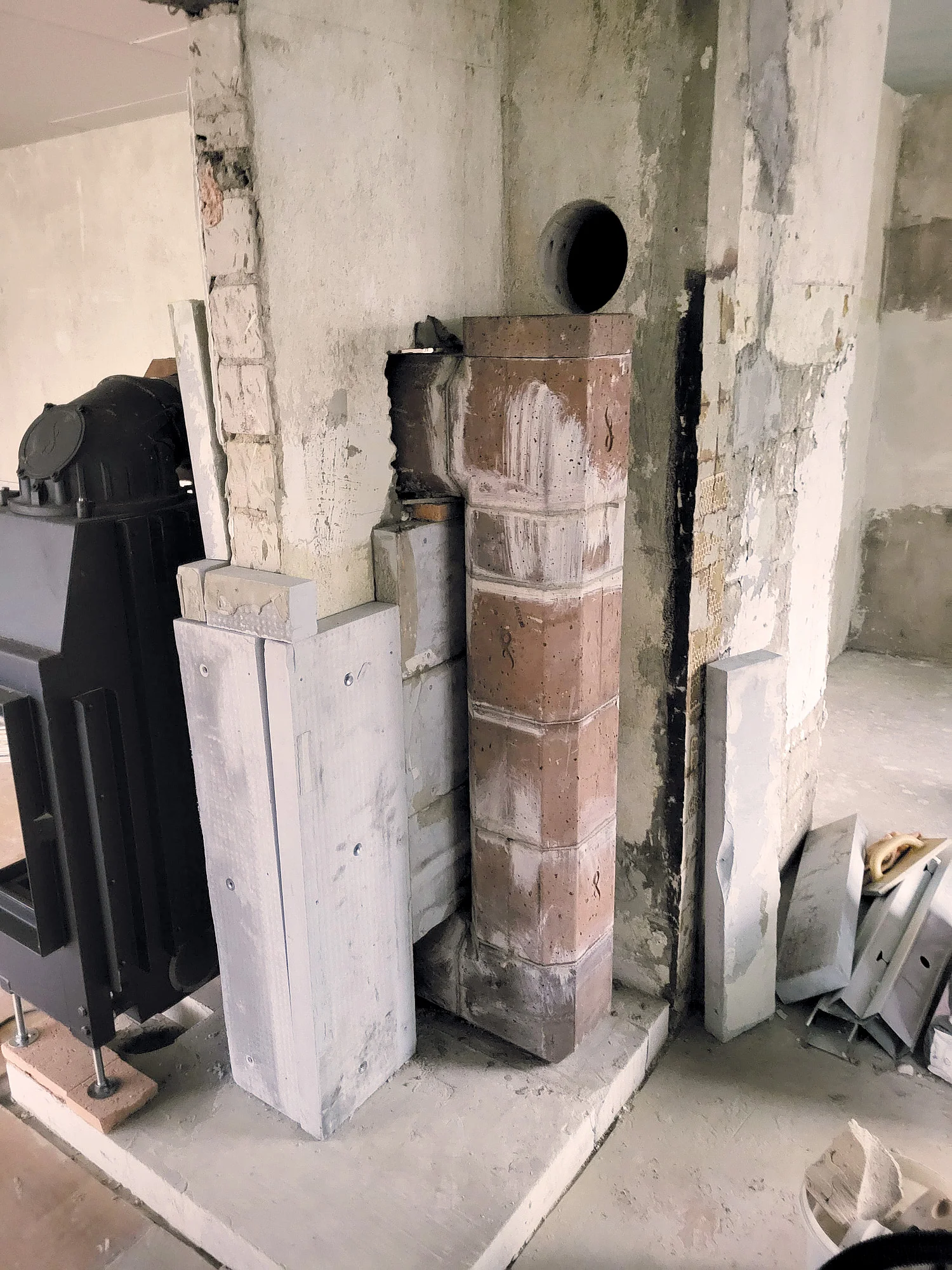
Today, it is also possible to create a fireplace insert with a downstream control panel and heat storage function that combines the advantages of both. Some people are still reluctant to install fireplace inserts with large ceramic flues that also offer the option of switching off convection. Especially if the planning proved to be difficult due to the chimney. In this case, the existing chimney dictated the location of the flue. For space reasons, the draught system could not be built in the way the customer wanted. In addition, the bench posed a further challenge due to the flue gas routing. The flue gases now run through the bottom of the wall in the ceramic flues and are directed from there up into the chimney. This design made it possible to use a heating section. There are air outlet grilles on the system and at the rear. The lower grille at the rear is the air inlet. The combustion air comes from the cellar. The direct radiant heat heats the living room and conservatory. The smaller part of the heat is distributed at the rear towards the kitchen and dining room. The total area is 65 m². As a pure storage system itself, it offers 6.5 m² of active surface area and a heat output of 5 kW per hour.
Built by Holger Nowatzke, H&J Ofenbau GbR from Melle.
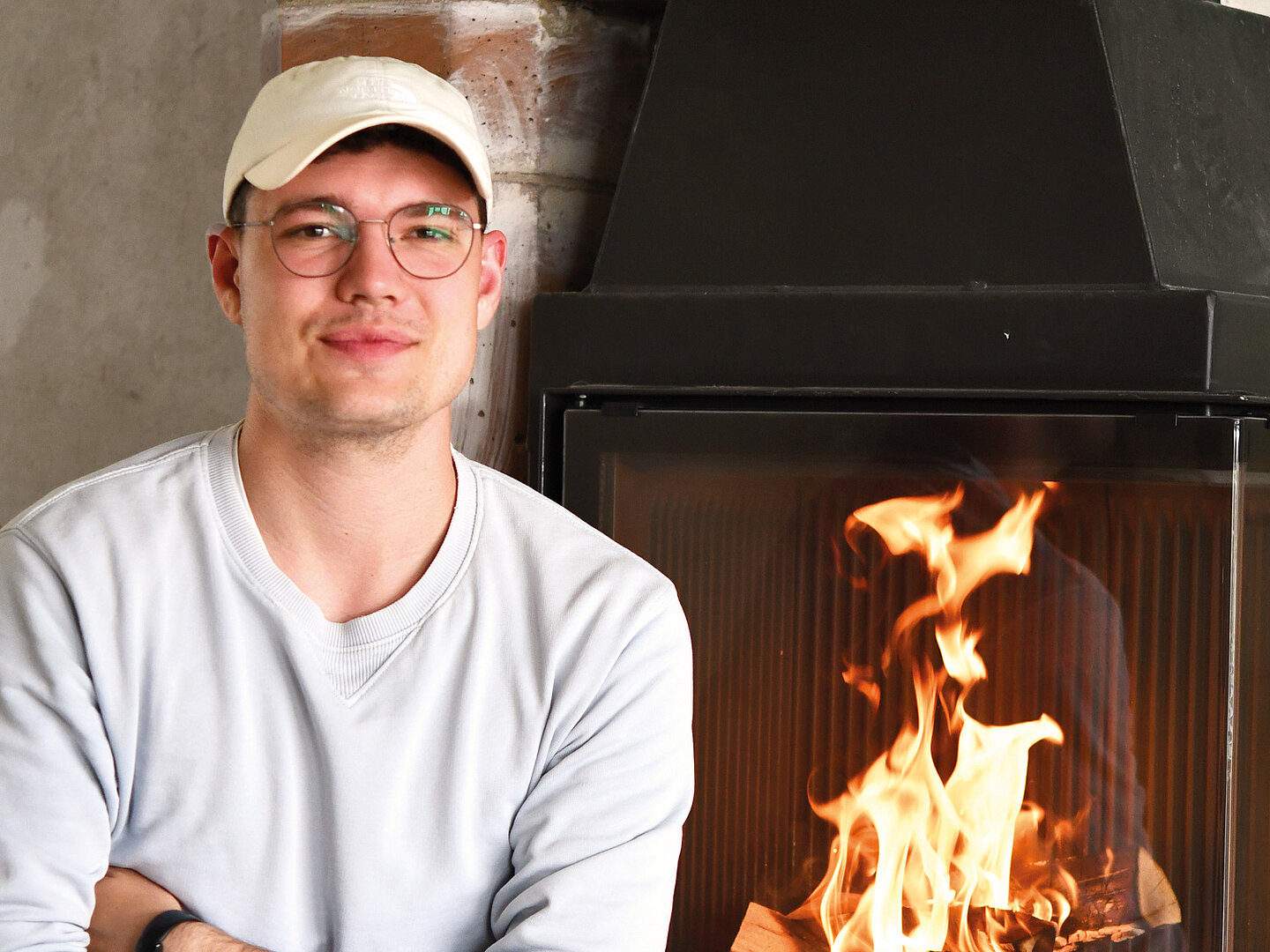
"The installation of our new fireplace went very smoothly. The team was friendly, punctual and worked cleanly. We are very happy with the result - the fireplace fits perfectly into our living room and creates a cozy atmosphere. The advice given beforehand was also helpful, so we felt we were in good hands. All in all, a great experience that we are happy to recommend." Johannes Polle
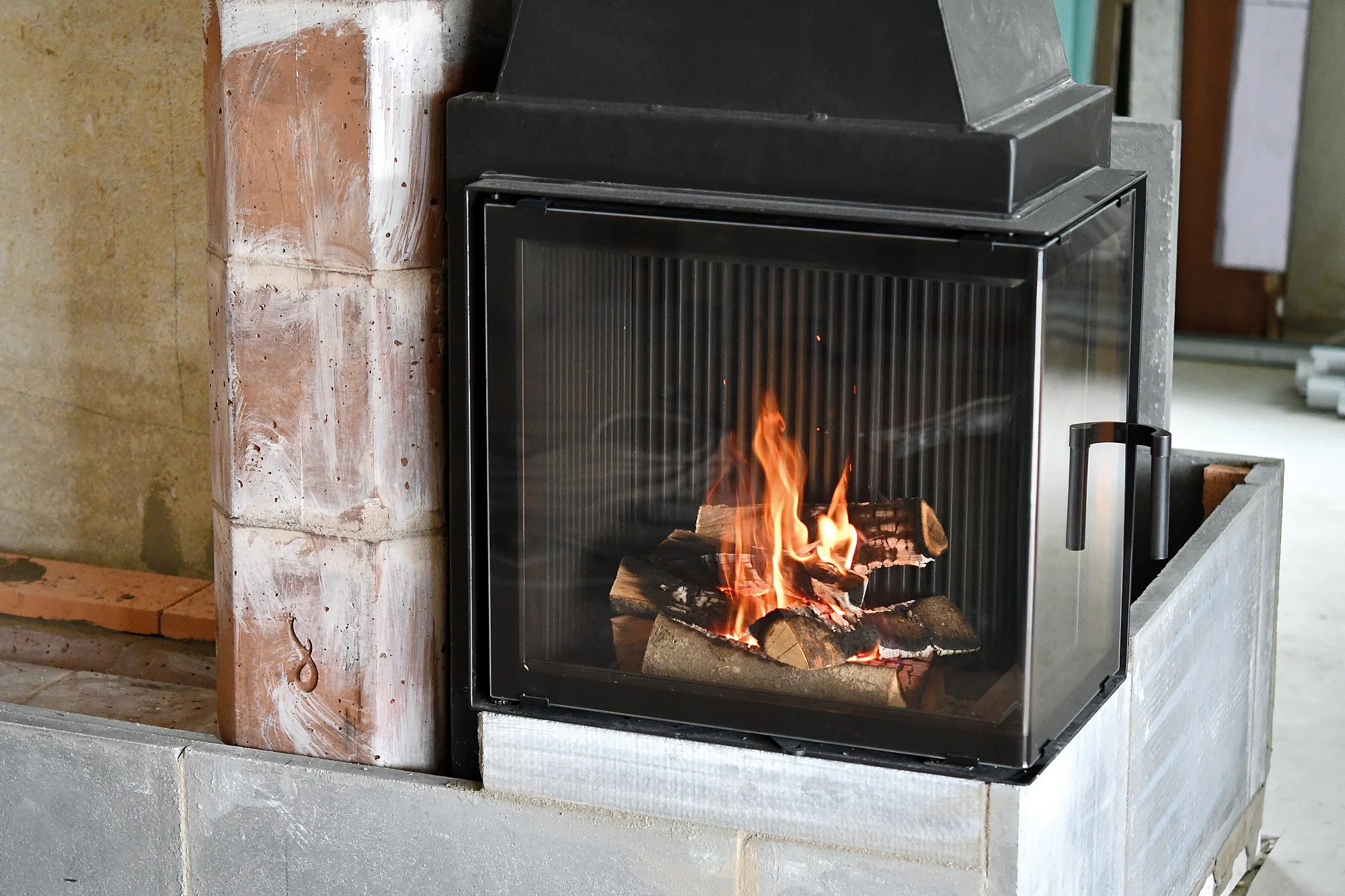
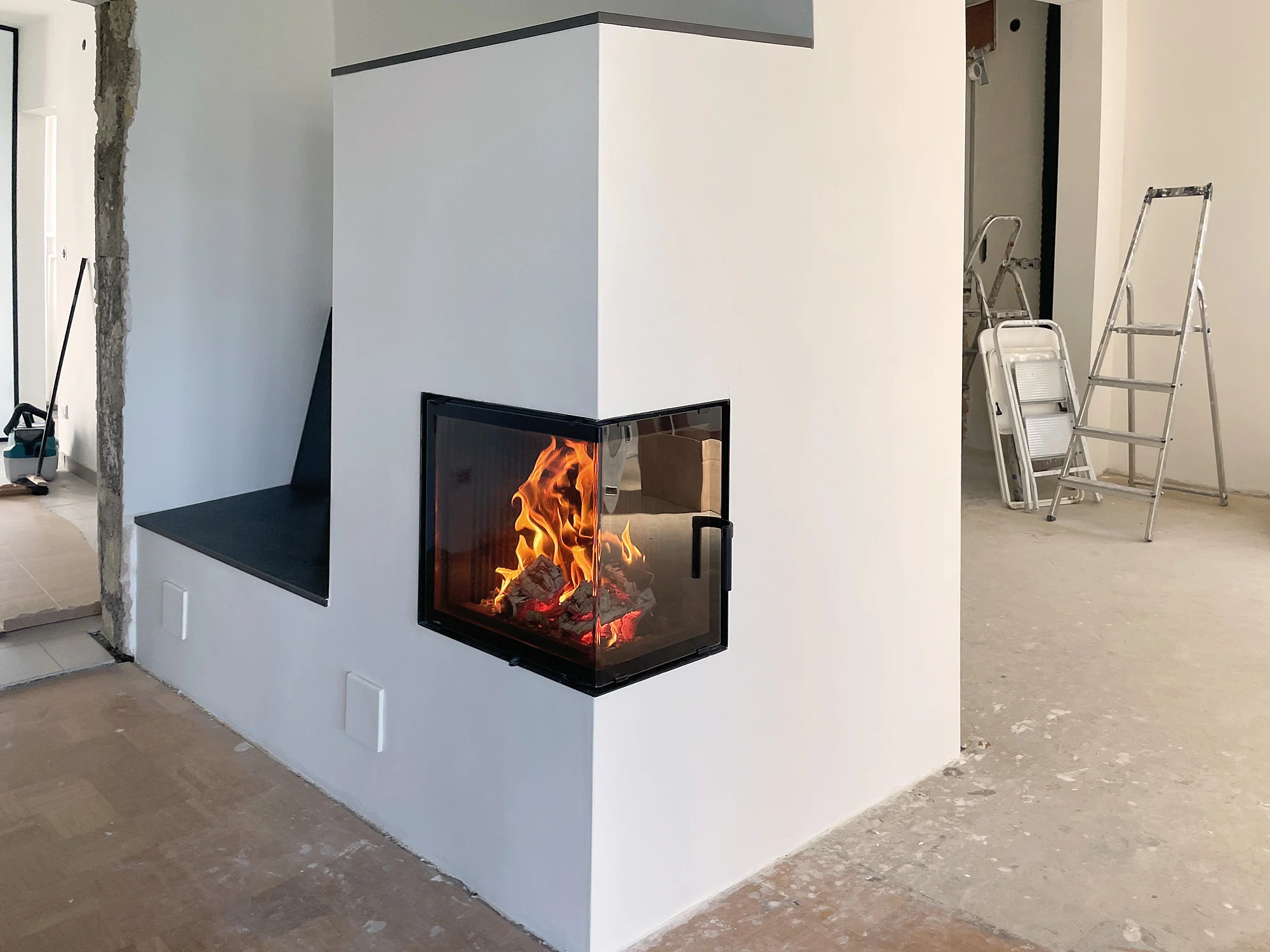
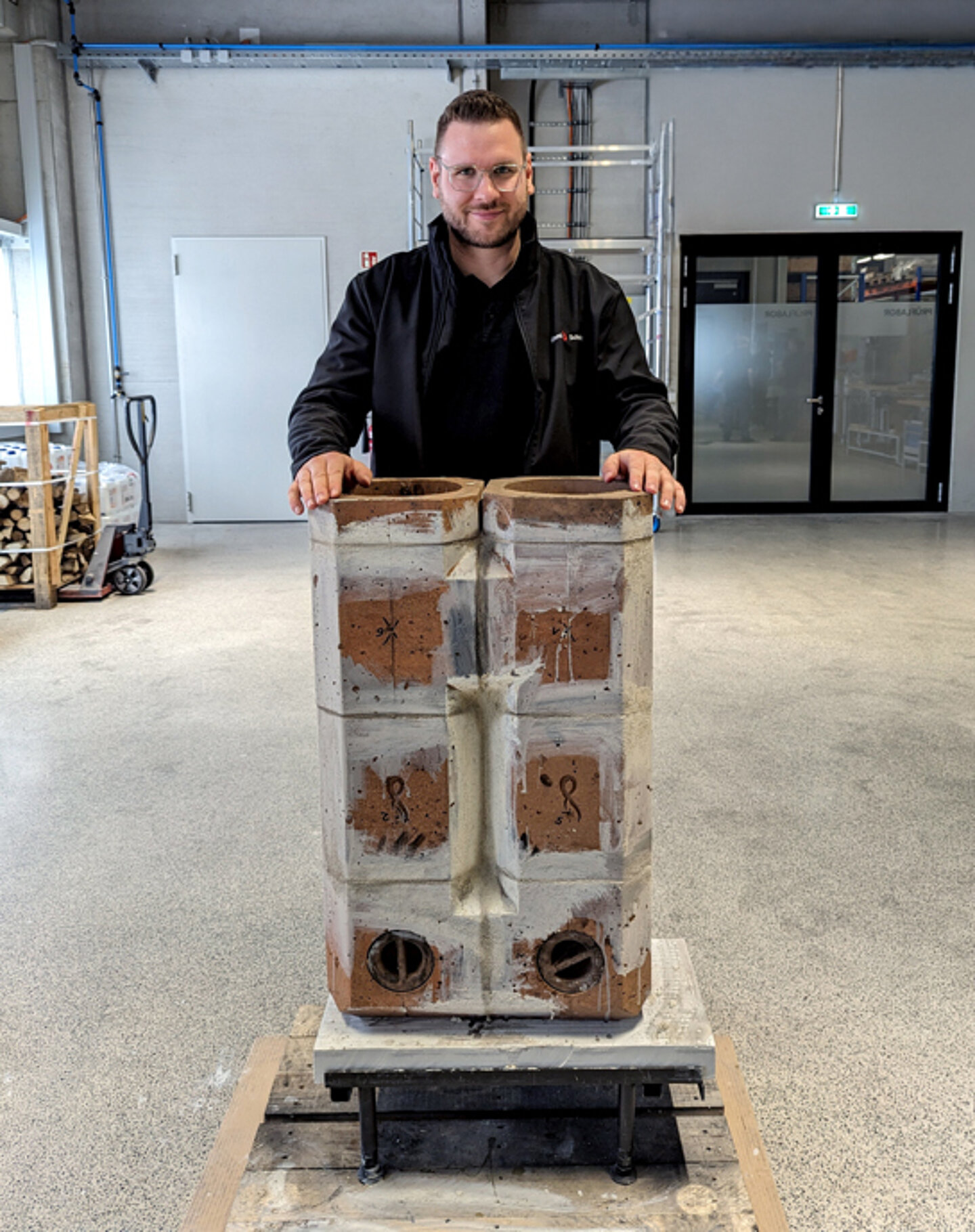
Save
Also in single-shell construction
Camina & Schmid is a manufacturer of individually configurable storage systems, which are also available as sets. When properly processed in accordance with the technical specifications and installation guidelines, these may be installed as a single-shell system. The leak test was carried out in accordance with DIBt guidelines. With a density of 2.75 kg/dm3 and a thermal conductivity coefficient of 2.62 W/m*K, the storage systems offer significantly higher values compared to fireclay.
- Simple planning, quick installation - the tongue and groove system makes installation easy.
- By reinforcing the material with wire, our bricks are more tension-resistant and therefore particularly resistant to cracking.
- Due to the high density, a very compact design is possible, so that less space is required in the installation room.
